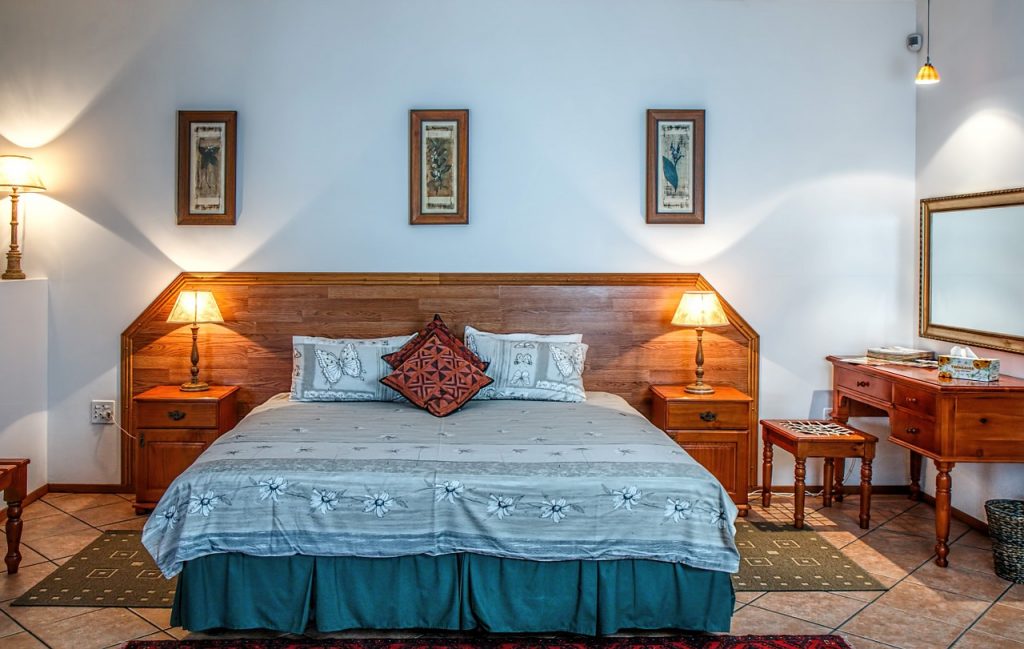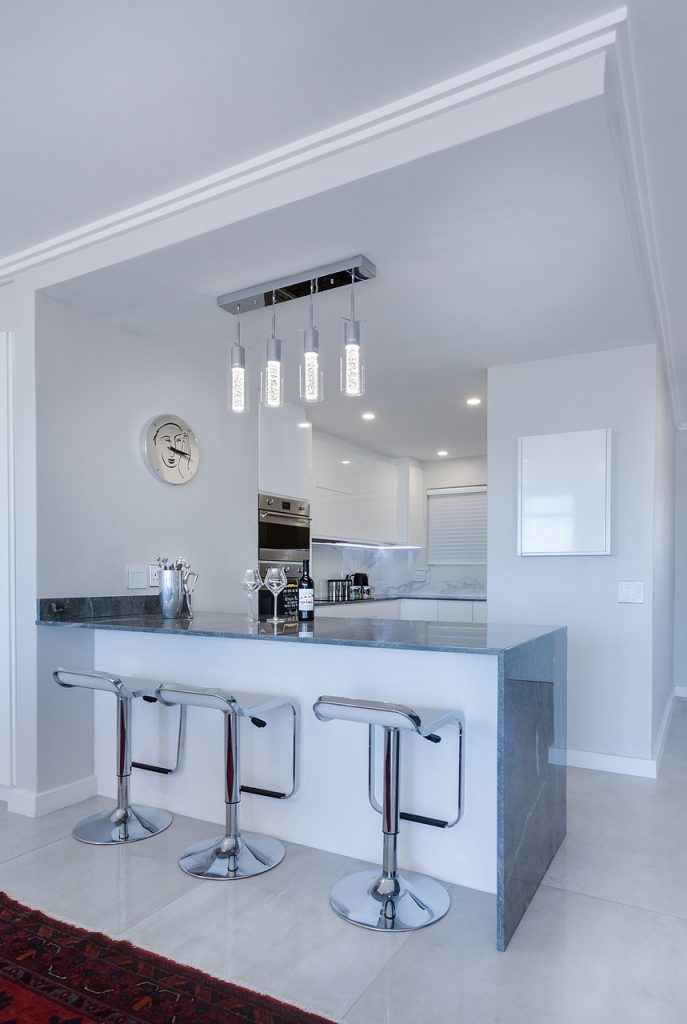An interior designer works hard to take an image from their client’s head and bring it to life. Every little detail matters when it comes to the overall look and feel a client wants in their house, including light. Whether you are going for bold and bright or soft and intimate, details like paint colors, accent colors, and decorations count.
However, the same goes for lighting. The type and color of light used will change the look and feel of a room. For the longest time, incandescent lights dominated the lighting world for the closest resemblance to natural lighting. The color rendering index (CRI, which measures how closely a bulb can resemble natural light) of incandescent is 100, meaning the colors displayed from the light resemble natural light more distinctly.
LED lights have slowly been replacing incandescent lights as the choice of bulbs. These lights are highly efficient compared to their competition. Typically, LED lights use at least 75 percent less energy and can last up to 25 times longer, which means energy savings for you down the road.
Although the appeal for incandescent lights was primarily due to their warm hue, highly-efficient LED lights can now replicate natural light quite well. The color temperature explains the range of color you have with a light and is measured on the Kelvin scale. Quite often, the scale of light you want in your home is between 1800K and 5600K (or between the glow of a candle and the mid-day sun).
Let’s discover how using LED lights will benefit the design of each room in your home.
Consider the Function of the Room
Before you decide what type of LED light to install in each room of the house, you’ll want to consider the function of the room. You should incorporate the functionality of a room into the overall design process of your home.
What is the primary purpose of the living room? Do you plan to spend your time relaxing and reading, or will it be a place for the kids to run and play? What type of feeling do you want in the kitchen? Are you someone who is passionate about cooking and spends lots of time there? Alternatively, do you prefer an intimate dinner-for-two ambiance?
Once you determine each function of the room, it will make the process a bit easier to decide which light works best. You’ll find the lighting of a room falls into three categories:
- Ambient Lighting: the general lighting of the entire room that is considered to be natural lighting.
- Accent Lighting: when you need to light up a specific area to draw attention to it.
- Task Lighting: if you spend time working or reading in a particular area, you want the light to brighten up that space.
For Your Bedroom
Just as you want to consider the Kelvins of a light, you also want to think about the brightness, or the lumens. Your bedroom is your tiny haven, your relaxing space free from the stresses of the world. That type of feeling typically doesn’t coincide with bright, harsh lights.
Instead, the warm glow from soft lighting helps fill the atmosphere of the bedroom with an intimate and relaxing feeling. So, your LED light should be around 2,000 to 4,000 lumens for a more delicate glow. The color should range between 2,700K for a warm feeling to 4,100K for a bit more of energetic boost.
For the Living Room
The living room is a multi-functional space. At one point of the day, it can be a relaxing space to kick your feet up and melt into the couch. A couple of hours later, it can turn into a more lively space with friends and games. You need lights that can adapt to whatever is happening in the room. You’ll want the ambient lighting to brighten up the whole space without being too harsh. Use the scale of 1,500 to 3,000 lumens and 2,200 to 3,000K as a guideline.
A living room is a great place to bring in accent lighting to showcase artwork, photos or brighten up unwanted shadows in the room. With the way LED lights have improved over the years, they are quite versatile and can adapt to whatever lighting you need.
In the Kitchen
Your kitchen is like an office, where there is always work going on. You’ll want the light to reflect how busy life can be. So, brighter lights with colder colors will help brighten the room and keep it alert. Use the range of 4,000 to 8,000 lumens and 2,700 to 5,000K as a guideline.
This post is a collaboration and may contain relevant and relatable affiliate links. All opinions are our own and for informational purposes only.



